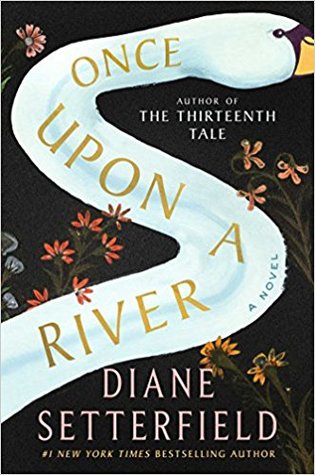How Not to Die Alone Richard Roper (2019)
In 2017, I posted a review of Gail Honeyman’s Eleanor Oliphant Is Completely Fine, and that novel also made it to my exclusive list of favorite books of the year. In Honeyman’s story, an awkward and abused woman in present-day Glasgow faces her demons and seeks to change her life.
Richard Roper’s How Not to Die Alone, set in London, has as its central character the forty-two-year-old Andrew Smith, who is another lonely soul, desperate for connection with other human beings. Although the premises of the two novels are similar, Roper’s book is by no means a clone of Honeyman’s. His narrative voice is distinctive and powerful, treating the issue of trauma and its resultant isolating consequences. Roper also succeeds in making How Not to Die Alone uproariously funny.
Andrew is employed in an unusual civil service job: he searches the dwellings of deceased people who have no known family, trying to find any evidence of relatives who can (1) be notified of the death and (2) pay for disposition of the body. If he can’t find anyone related to the deceased, the local government must foot the bill for a basic funeral and cremation. As you might expect, the bodies of people who die alone are sometimes not discovered until long after they expire. The coroner removes these bodies before Andrew shows up to comb through the possessions of the deceased, but the sites of death are often grim—cluttered, filthy, and malodorous. Nevertheless, Andrew seems to get satisfaction from his work, even going the extra mile by attending the funerals of those who have no discoverable relatives.
The novel opens at one of these funerals, and we immediately get a picture of Andrew’s fragile mental state. He has an obvious case of PTSD—with terrifying episodes being triggered whenever he hears the song Blue Moon—but we don’t learn about the initial traumatic event until late in the book. Meanwhile, Andrew becomes friendly with Peggy, a new employee who joins the eccentric Death Administration staff. Peggy could be Andrew’s ticket to better mental health, but unfortunately a longstanding lie on Andrew’s part blocks romance. As Andrew explains, “It came from a misunderstanding, but then I kept the lie going, and the longer I did the harder it was to tell the truth.” (245)
As the tension resulting from Andrew’s lie grows, the novelist injects humor that defuses the morbid aspects of the death scenes. Roper also has some lovely descriptive passages, like this one: “She’d fiddled with one of her earrings so much that it came free in her hand and bounced onto the table like a little blue tear that had frozen as it fell.” (245) And I found Andrew’s obsessions with model trains and with the discography of Ella Fitzgerald endearing.
As the novel wraps up, Andrew observes, “Life, just sometimes, can be wonderfully, beautifully simple.” (308) By this point I was really rooting for ol’ Andrew, wanting a sequel to How Not to Die Alone, to find out what the next chapter would bring for this forlorn yet appealing character.








